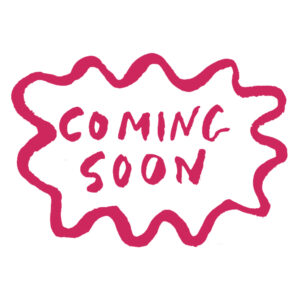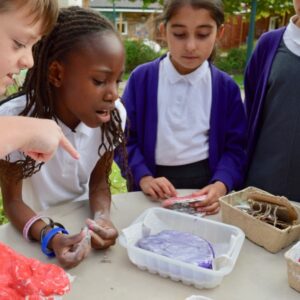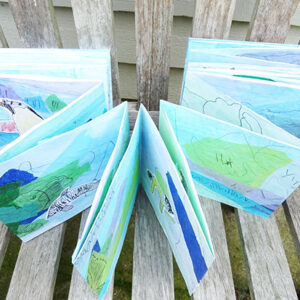Pathway for Years 5 & 6
Disciplines:
Making, Drawing, Sketchbooks
Key Concepts:
-
That there are many traditions of using intricate cutouts as shadow puppets to narrate archetypal stories.
-
That artists and craftspeople adapt the traditions they inherit to make them their own, and to reflect the culture they live in.
-
That we can take inspiration from other artists and cultures and make the processes and techniques our own by using materials, tools and narratives which are important to us.
-
That we can work in collaboration with others to make a shared experience.
In this pathway children explore both traditional and contemporary artists and craftspeople using intricate cutouts to create artwork which is meaningful to the culture in which it is created.
Pupils explore how they can take inspiration from other artists and craftspeople, and adapt ideas to suit their own way of working. Pupils create puppets working in collaboration.
Sketchbooks are used throughout to record, generate ideas, test and reflect.
Medium:
Paper, Construction Materials
Artists: Lotte Reiniger, Matisse, Wayang Shadow Puppets, Phillipp Otto Runge, Pippa Dyrlaga, Thomas Witte
If you use this resource in your setting, please tag us on social media: #InspiredBy @accessart (facebook, twitter) @accessart.org.uk (instagram) and share the url. Thank you!
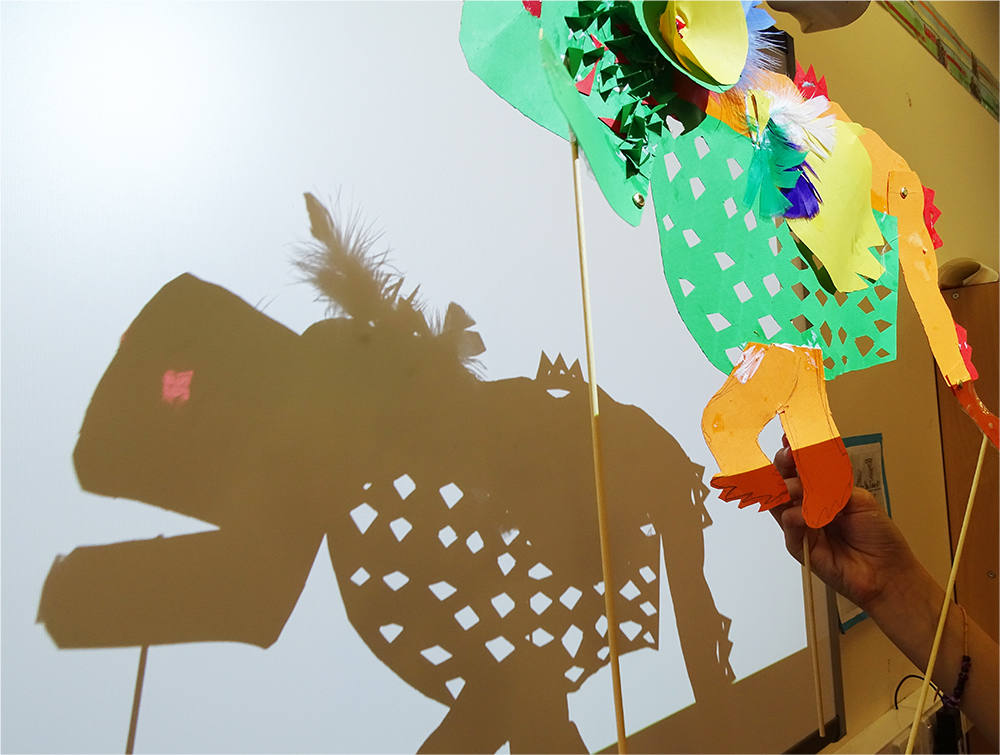


Teaching Notes
Find the MTP for this pathway here.
See the Zoom CPD session exploring making shadow puppets.
Curriculum Links
English: Use literature to inspire narrative.
History: Create a narrative around area of focus.
Science: Human body, animals, light and shadow.
Music & Drama: Be Inspired, or make a creative response to, existing productions/themes.
PSHE: Responsibility to the planet, Collaboration, Peer Discussion, Different Religions, Ethnic Identity.
I Can…
-
I have seen how a variety of artists and craftspeople use their interest in cutouts to generate imagery. I can share my response to their work with my classmates.
-
I can use my curiosity to think about how I might adapt techniques and processes to suit me.
-
I can use my sketchbook to record, generate ideas, test ideas and reflect.
-
I can make a shadow puppet thinking about how the qualities of the materials I use affect the final outcome.
-
I can manipulate the materials using tools so that the puppets I make have character and expression.
-
I can make my puppets move in simple ways by articulating them.
-
I can work with my peers to create a collaborative experience.
-
I can share my work, as a team, and share and listen to feedback.
-
I can give my feedback to the work of other teams, and appreciate the differences and similarities of their work to ours.
-
I can photograph or film our puppets and performance.
Time
This pathway takes 6 weeks, with an hour per week. Shorten or lengthen the suggested pathway according to time and experience. Follow the stages in green for a shorter pathway or less complex journey.
Materials
Soft B pencils, handwriting pens (black/coloured).
For the puppets: Coloured and black card, coloured tissue paper, doilies, fabric, string, wire, feathers, acetate card, paper fasteners/split pins, wooden skewers, PVA glue, tape, large white sheet (or whiteboard).
Pathway: Cut Outs & Shadow Puppets
A PDF of this pathway can be found here.
-
Aims of the Pathway
The aim of this pathway is to introduce pupils to the art of paper cutting, and understand how it can be used and adapted to create shadow puppets.
Pupils explore shadow puppets from a historical and contemporary perspective before making their own puppets, exploring line, shape, form and character.
- Week 1: Introduce
Discover Artists & Approaches
Explore the Talking Points below as an introduction to the project.
Use as few or as many as you would like, depending upon time / area of interest.
Have sketchbooks open and make time during the exploration to use sketchbooks to use the “Making Visual Notes” resource. Pupils might make references, collect ideas, jot down methods of working, draw equivalents etc.
- Introduce
Talking Points: Lotte Reiniger
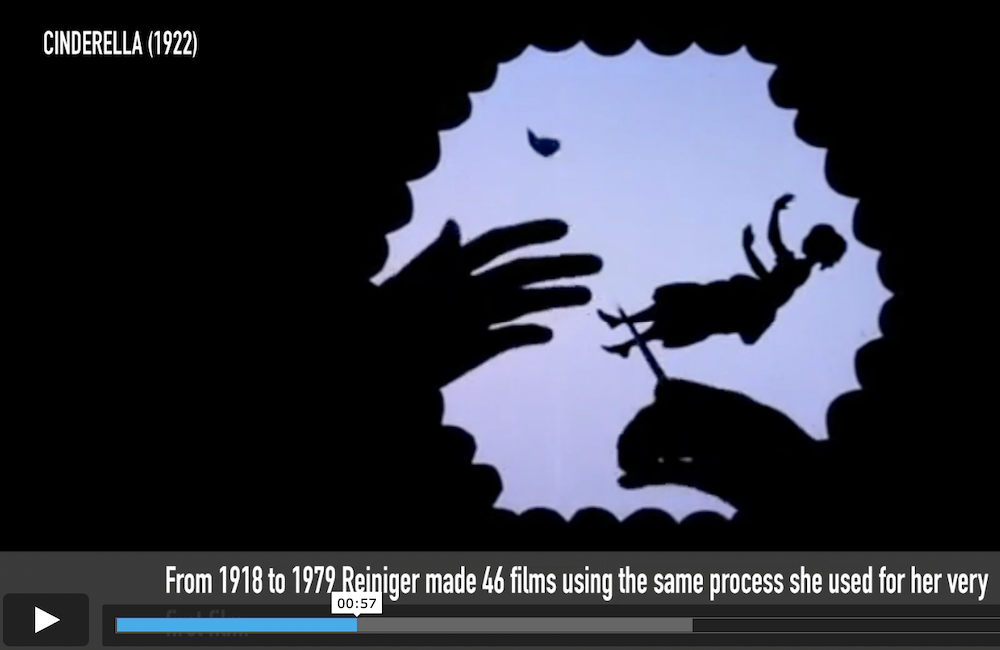
Explore the work of Lotte Reiniger through the free to access “Talking Points: Lotte Reiniger” resource.
- Introduce
Talking Points: Paper Cut Outs
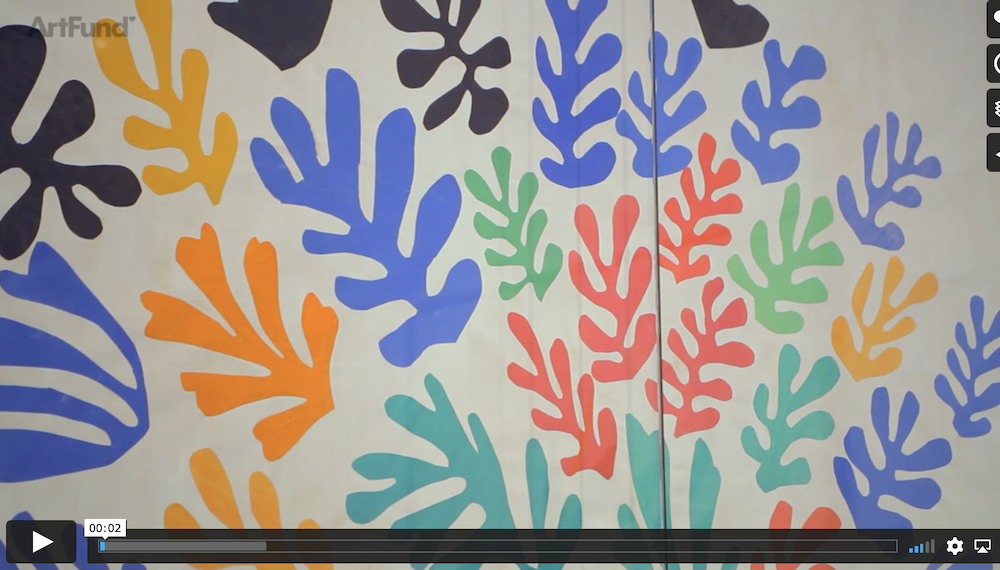
Explore artists who create artwork using paper cut outs using free to access “Talking Points: Paper Cut Outs“.
- Introduce
Talking Points: Malaysian Shadow Puppets
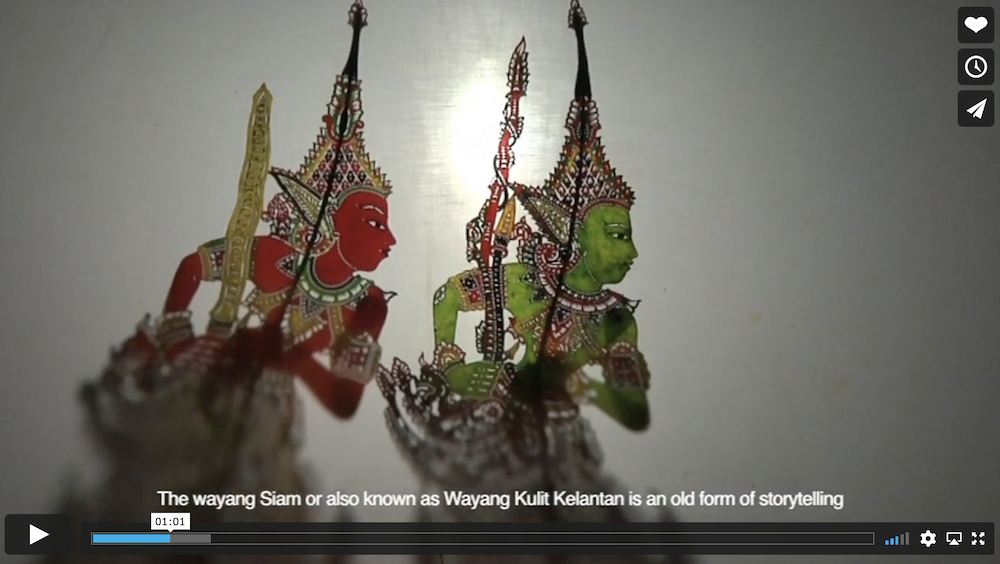
Find out about the 250 year old tradition of Wayang Kulit and how artists are adapting it to suit our times with our free to access “Talking Points: Malaysian Shadow Puppets“.
- Weeks 2, 3, 4 & 5: Explore & Create
Making Shadow Puppets

Use the following resources to help you explore how to make the puppets, and use the whiteboard as projection screen:
Shadow Puppets & Whiteboards
Shipwrecked!
Shadow Puppets & Performance
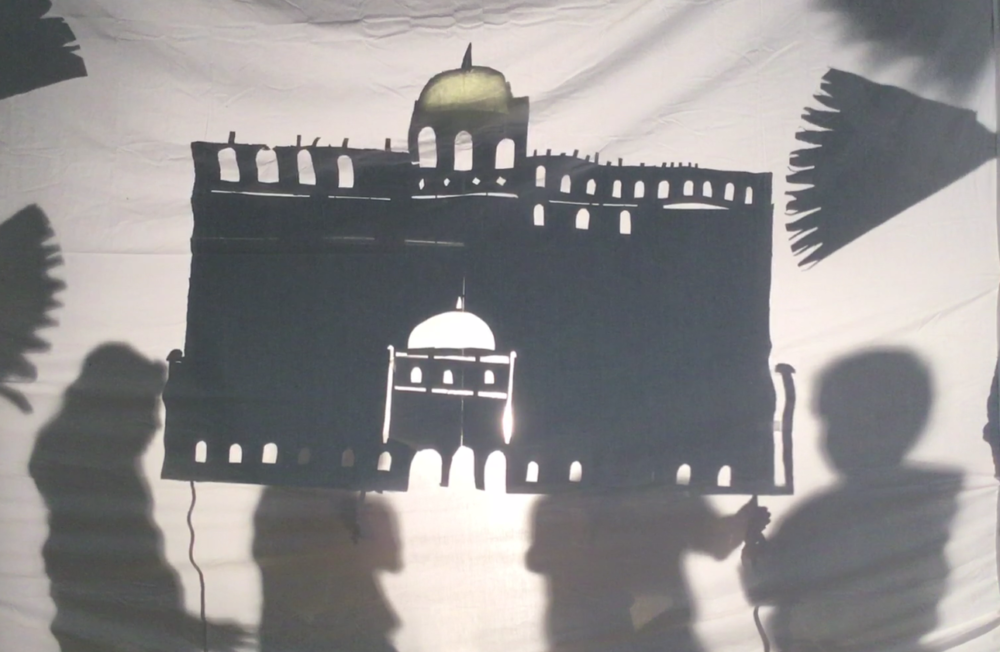
Have sketchbooks open and encourage pupils to remember the approaches explored in week 1, and to use the sketchbooks to further make notes, note down ideas, make quick sketches to test ideas/shapes etc.
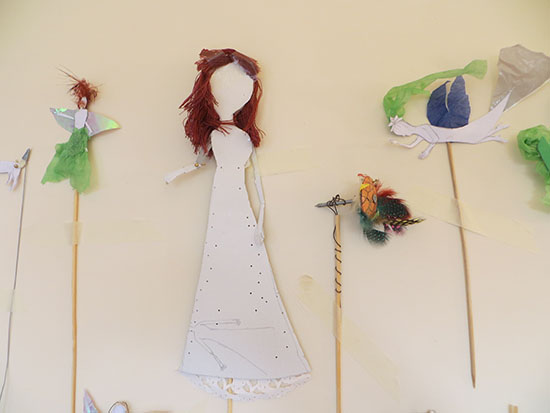
Depending upon how much time you have, you may want to work towards creating puppets for a performance following a narrative, or you may prefer to make standalone puppets.
You may want to connect the puppets that you make to links within the curriculum, or even make puppets along the theme of transition or retrospection to celebrate the end of Primary School/moving on to Secondary School.
- Week 6: Present & Share
Share, Reflect, Discuss
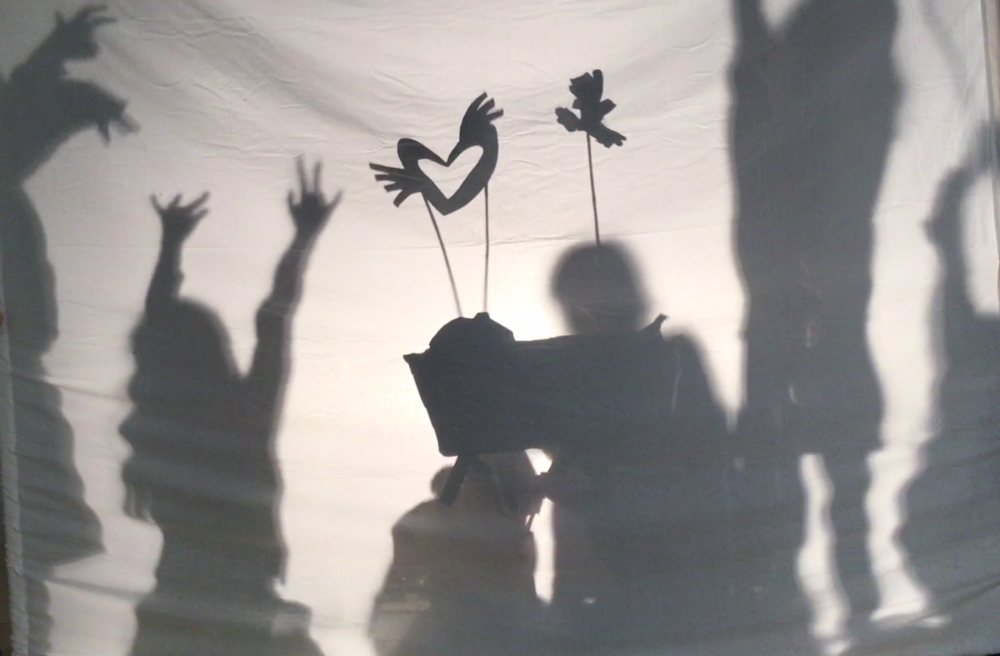
Time to see the work which has been made, talk about intention and outcome.
If you have class cameras or tablets, invite the children to document the puppets. You could also film the puppet show.
Use the resource here to help you run a class “crit” to finish the project.
See This Pathway Used In Schools
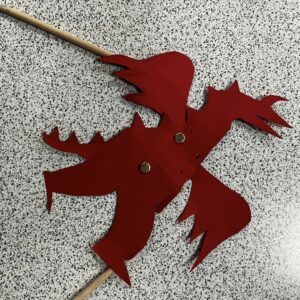
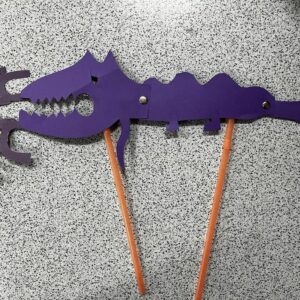
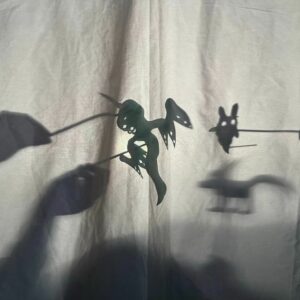
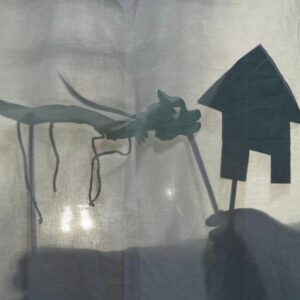
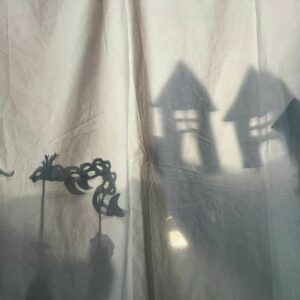
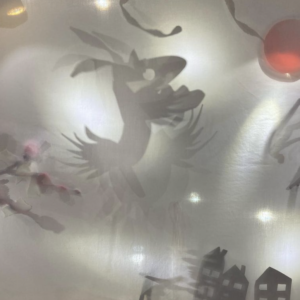
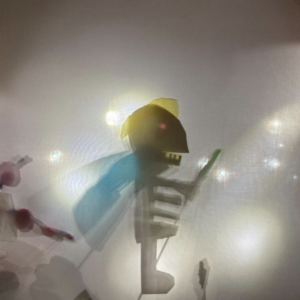
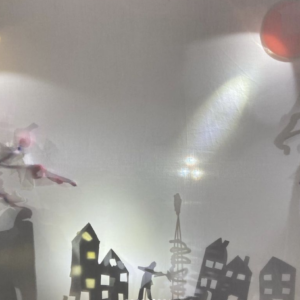
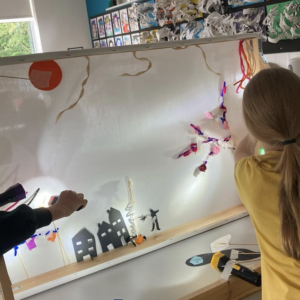
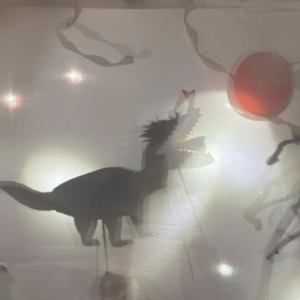
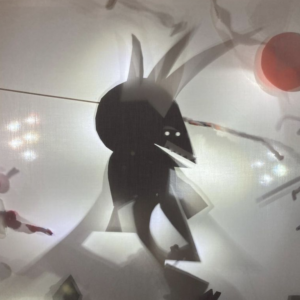
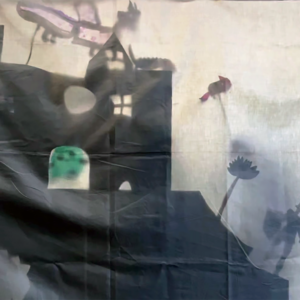
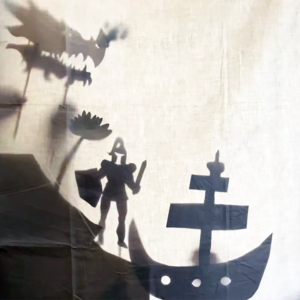
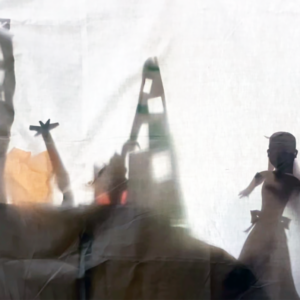
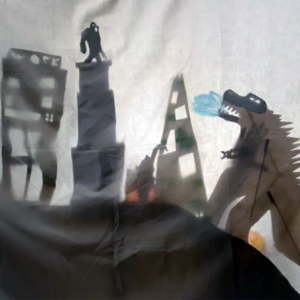
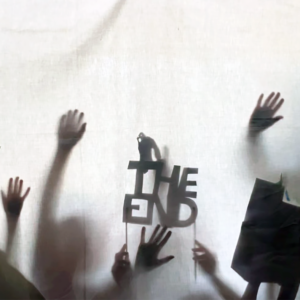
If You Use AccessArt Resources…
You might like to…
Join our Facebook Group
Join the AccessArt Network group on Facebook and ask questions of others using our resources
Share and Tag
Share photos of work made by tagging us on social media
You May Also Like…
